
The Best 3D-Printed Masks for Halloween
As the autumn chill sets in and whispers of Halloween fill the air, the most creative holiday of the year
Dear Customers,
Our new online quoter and client portal are officially live!
From September to December, both old and new versions will run in parallel as a transition period.
✨ Special Offer:
Enjoy automatic quantity discounts — the more you order, the lower the unit price (up to 25% off for selected materials).
🌟 Already available:
⚡ Better user experience & faster server performance
🕒 More accurate delivery time estimates
📝 Simplified and faster order process
🔮 Coming soon:
🛠 Instant quote for CNC & other processes
📦 Order tracking & workflow updates
📧 New email notification system
📂 Batch upload & batch editing of models
🔍 Online DFM (Design for Manufacturability) checks
📊 Enhanced order panel with detailed statistics
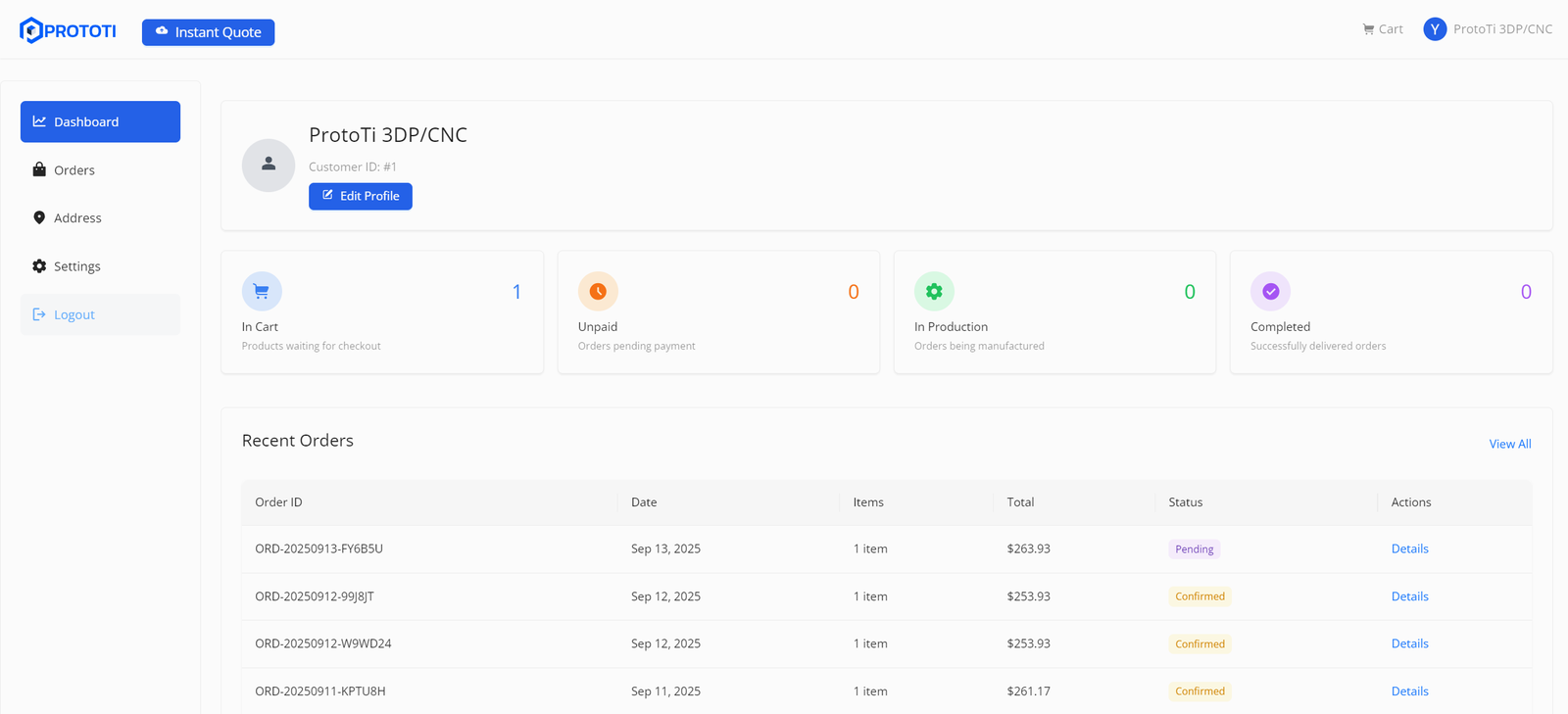
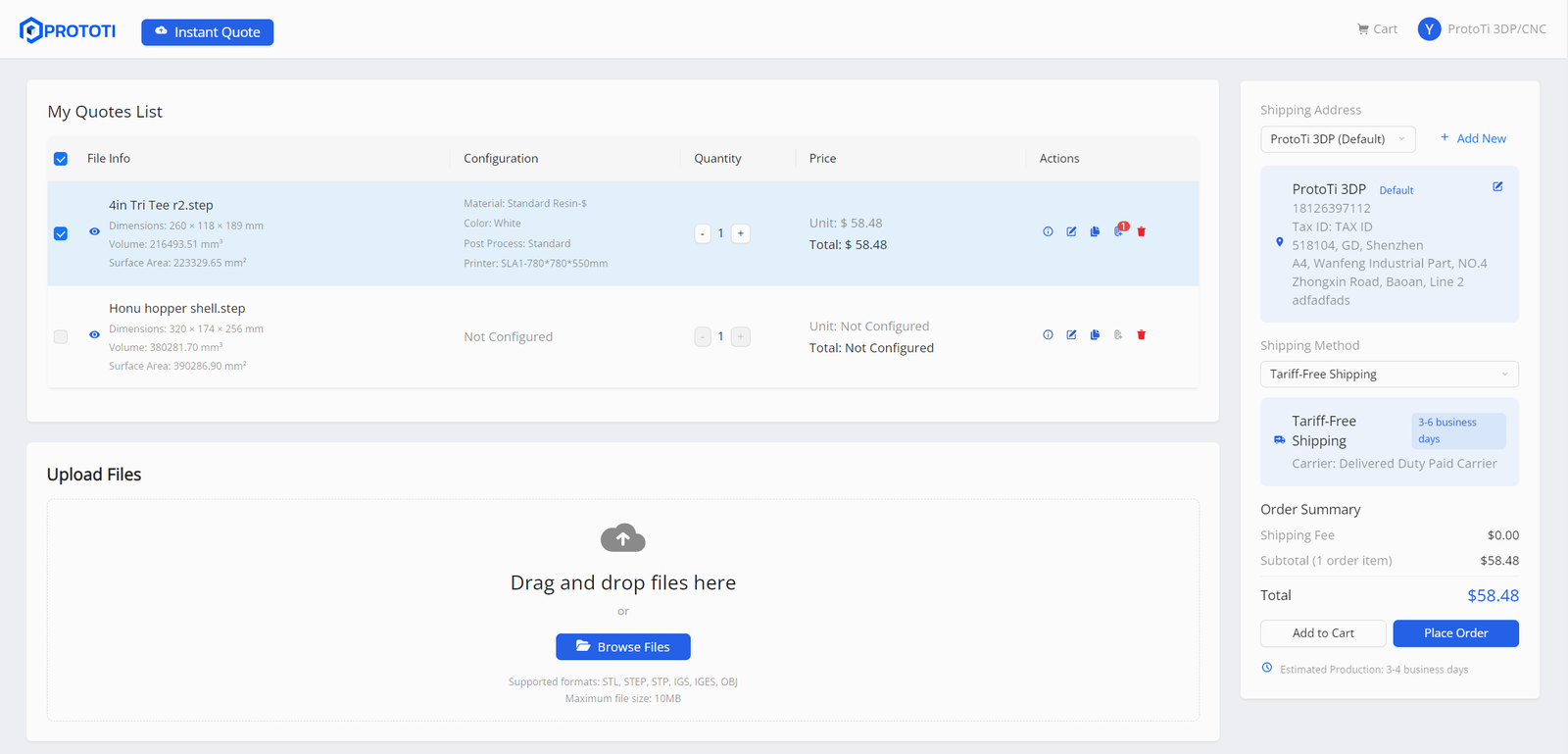
Thank you for your support — we look forward to bringing you an even smoother ordering experience!
— ProtoTi
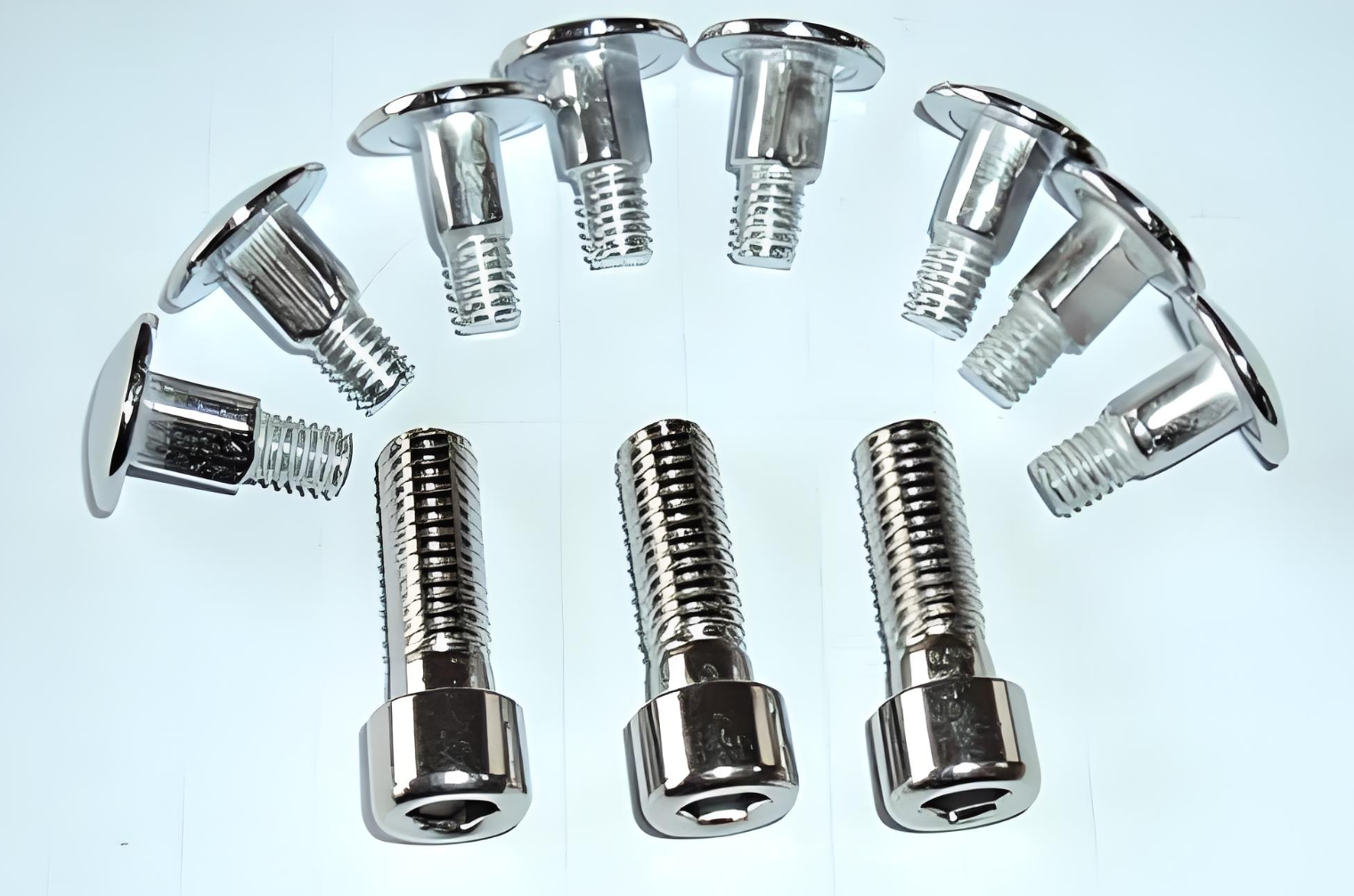
Steel No. 45, its name follows the provisions of the Chinese national standard GB/T 699-2015 “High-Quality Carbon Structural Steel”. The “45” in this designation is not an arbitrary number; it precisely indicates that the average carbon content of this steel is 0.45% (with the range typically being between 0.42% and 0.50%). This carbon content level places it in the category of medium-carbon steel, which is the foundation for understanding its various properties and applications.
Medium carbon steel plays a “bridge” role in the family of steel materials. It is neither as too soft and lacking in strength as low carbon steel (such as Q235), nor as hard and brittle as high carbon steel (such as T10). Steel grade 45 achieves an excellent balance among strength, hardness, plasticity and toughness, making it an ideal choice for manufacturing parts that bear moderate loads.
In the industrial system, 45 steel is classified as a “general-purpose structural steel”. Its core advantage lies in “high cost-effectiveness + wide applicability”. For scenarios that do not require extreme corrosion resistance, high temperature resistance or ultra-high strength, 45 steel is almost one of the preferred materials. For instance, in the transmission components of small and medium power machinery, the frame of ordinary molds, and high-strength bolts used in construction, 45 steel, with its stable performance and low cost, has occupied a significant market share. According to industry statistics, 45 steel accounts for over 30% of the domestic production of high-quality carbon structural steel, making it a truly “industrial foundation steel”.
The performance of No. 45 steel is directly determined by its chemical composition. The national standard has strict regulations on the content of each element. The following are the main chemical composition requirements (mass fraction, %) of No. 45 steel in GB/T 699-2015:
| Element | Content Range (%) | Description & Effect |
|---|---|---|
| C (Carbon) | 0.42 – 0.50 | Determines strength and hardness; the key controlling element of this steel grade |
| Si (Silicon) | 0.17 – 0.37 | Increases strength and promotes deoxidation |
| Mn (Manganese) | 0.50 – 0.80 | Improves strength, hardenability, and oxidation resistance |
| P (Phosphorus) | ≤ 0.035 | An impurity element; should be kept at a low level |
| S (Sulfur) | ≤ 0.035 | A harmful impurity; excessive content reduces toughness |
| Cr (Chromium) | ≤ 0.25 | Sometimes added in small amounts to improve hardenability |
| Ni (Nickel) | ≤ 0.25 | May be added in trace amounts for specific applications |
| Other trace elements | May include Cu, Mo, etc., depending on material requirements | Usually not emphasized in standard 45# steel |
This relatively simple and pure chemical composition is the key reason why No. 45 steel is cost-effective, has stable performance, and is easy to produce and process.
China: GB/T 699-1999, GB/T 699-2015 (current)
International standard: In the ISO standard, the similar designation is C45E (1.0503).
USA: AISI 1045, SAE 1045.
Japan: S45C (JIS G4051).
Germany: C45 (1.0503), CK45 (DIN 17200).
The chemical compositions and mechanical properties of these brands are very similar. In most cases, they can be used interchangeably. However, when applying them in specific situations, it is still necessary to check the subtle differences in relevant standards.
Comparison with Q235: Q235 is a typical low-carbon structural steel (with a lower carbon content), and it has better plasticity, malleability and welding properties than 45 steel; however, its strength, hardness and wear resistance are not as good as 45 steel. Therefore, Q235 is commonly used for ordinary structural components, while 45 steel is more suitable for mechanical parts that can withstand larger loads or have some heat treatment requirements.
Compared to No. 55 steel: The carbon content of No. 55 steel is slightly higher than that of No. 45 steel. It has higher hardness and wear resistance, but poorer toughness. No. 45 steel has a more balanced overall performance.
Compared with alloy structural steels such as 40Cr and 20CrMo, these alloys have better performance under certain extreme conditions due to the addition of strengthening and hardening elements. However, they have higher costs and greater processing difficulties. Steel 45 is more suitable for medium-load and high-performance requirements scenarios.
Mechanical properties are the core basis for the application of 45 steel. The mechanical properties vary significantly under different heat treatment conditions (such as annealing, normalizing, quenching + tempering). The following are the mechanical property indicators of 45 steel under common heat treatment conditions (according to GB/T 699-2015):

Tensile strength (σb): ≥ 570 MPa
Yield strength (σs): ≥ 335 MPa
Elongation (δ5): ≥ 19%
Cross-sectional reduction (ψ): ≥ 45%
Brinell hardness (HBW): ≤ 197
The hardness of 45 steel in the tempering state is relatively low and its plasticity is good. It is mainly used for subsequent cutting processes (such as turning, milling), facilitating the processing of complex-shaped parts.
Tensile strength (σb): ≥ 600 MPa
Yield strength (σs): ≥ 355 MPa
Elongation (δ5): ≥ 16%
Cross-sectional reduction (ψ): ≥ 40%
Brinell hardness (HBW): 197 – 241
The strength and hardness of 45 steel in the normalizing state are slightly higher than those in the annealed state, and the structure is more uniform. It is often used for non-critical components with certain strength requirements, such as ordinary gears, shaft sleeves, etc.
Tensile strength (σb): ≥ 750 MPa
Yield strength (σs): ≥ 550 MPa
Elongation (δ5): ≥ 12%
Cross-sectional reduction (ψ): ≥ 35%
Rockwell hardness (HRC): 25-32
Quenching + Tempering is the most common strengthening process for 45 steel. Through quenching, a martensitic structure is obtained (high hardness, low plasticity), and then through tempering, the hardness and toughness are adjusted to achieve “strength and toughness balance”. Under this state, 45 steel can be used for critical components that withstand medium loads, such as main shafts, crankshafts, mold cores, etc.
Density: Approximately 7.85 g/cm³
Elastic modulus: Approximately 200 – 210 GPa
Poisson’s ratio: approximately 0.27 to 0.30
Coefficient of linear expansion: Approximately 11.5 × 10⁻⁶ /K (20 – 100°C)
Thermal conductivity: Approximately 48.0 W/(m·K) (at 20°C)
Specific heat capacity: approximately 480 J/(kg·K)
45 steel is regarded as the benchmark steel type for “cutting processing performance”, and its cutting processing index is usually set at 100%.
Moderate hardness: In the state of normalizing or hot rolling, its hardness (HBW 170~220) is highly suitable for cutting. The tool wear is minimal and the service life is long.
Chip handling: The chips are easy to break and do not form long and tangled chips, which is conducive to automatic processing and ensures production safety.
Surface quality: The surface after processing is highly smooth.
Turning: Use P-type (blue) carbide cutting tools. Higher cutting speeds and feed rates can be employed.
Milling: Pay attention to the chip removal and cooling of the cutting tool to prevent heat accumulation.
Drilling: Use high-speed steel or carbide drill bits. Pay attention to chip removal. For deep hole processing, use a tap drill and add cutting fluid.
Grinding: The 45# steel after quenching has excellent machinability, enabling the attainment of high dimensional accuracy and surface finish.
The welding performance of No. 45 steel is average. Due to its high carbon content, during welding, hardening structures are prone to form in the heat-affected zone, which increases the tendency for cold cracking.
Before welding: Preheating (at 150 – 250°C) is usually required.
Welding materials: Select low-hydrogen type electrodes (such as J506, J507) or the corresponding welding wire.
After welding: Stress relief annealing must be carried out immediately, especially for critical components.
Axial parts: such as transmission shafts, main shafts, cylinder shafts, reducer shafts, etc.
Gears, bevel gears: For small module or internal gears, 45# steel can be quenched and tempered to meet the usage requirements.
Screws, pins, and bolts: Commonly used for positioning and connection structures
Guide rods and guide columns: Widely used in molds, presses and other structures
Mold templates and mold frame components: In plastic molds and stamping molds, they are used as structural steel for medium and low requirements molds.
Connectors and fixtures: such as fixture frames, assembly tools, inspection tools, etc.
For these components, the designers usually need to take into account the material strength and surface treatment methods in combination with factors such as loading conditions, service life, fatigue loads, and environmental conditions.

In the machinery manufacturing plant, 45-grade steel is used to make the main shaft. After quenching and tempering treatment, it can meet the requirements of high-speed rotation, high strength and good rigidity.
In the plastic mold industry, some small and medium-sized mold frames, positioning columns, and guiding devices often use 45# steel. These parts do not have extremely high hardness requirements, but they are sensitive to processing accuracy and cost.
In reducers and gear transmission systems, 45 steel that has undergone quenching and tempering can be used as medium-grade gears or transition gears, and it can achieve a good balance between load-bearing capacity and cost.
In agricultural machinery and mining equipment, some non-critical structural components may also use 45# steel material in order to reduce costs.
Highly cost-effective: Low raw material costs, mature production processes, and abundant supply.
Comprehensive performance balance: Through heat treatment, its strength, hardness and toughness can be adjusted within a wide range.
The processing technology is extremely excellent: the cutting, forging and heat treatment processes are all very mature and easy to control.
The application technology is mature: We have accumulated decades of usage experience and data, and there are clear procedures for design, manufacturing, and failure analysis.
Limited hardening capacity: For parts with larger cross-sectional dimensions, it is impossible to achieve high hardness in the core through quenching.
Poor corrosion resistance: Compared to stainless steel, it is highly prone to rusting and requires surface anti-rust treatments (such as electroplating, blackening, or oil coating).
Insufficient high-temperature performance: When working at temperatures above 300°C for a long time, the strength and hardness will significantly decrease.
Welding performance is average: It requires complex pre-welding heat treatment and post-welding heat treatment processes.
Grade 45 steel is one of the most produced and widely circulated steel types in the Chinese steel market. Its price is closely related to the prices of raw materials such as iron ore and coke, as well as market demand, and it fluctuates frequently. As China’s manufacturing industry transitions towards high-end and intelligentization, the requirements for material performance are also increasing. The future of Grade 45 steel lies in:
Stabilize the core base: In the traditional mechanical field, its position remains firmly established.
Quality improvement: Through technologies such as furnace-out refining and continuous casting and rolling, the purity and uniformity of the steel are enhanced, resulting in the production of higher-quality “Premium Grade 45 Steel”.
Facing competition: In certain fields that have higher requirements for weight, corrosion resistance, or specific properties, they will gradually be replaced by alloy steel, stainless steel, aluminum alloy, or engineering plastics.
To sum up, No. 45 steel is by no means an ordinary type of steel. With its simple yet ingenious chemical composition design and flexible and diverse heat treatment processes, it achieves “individualized” performance, perfectly meeting the multiple demands of modern industry for material performance, cost, and processing efficiency. From precise machine tool spindles to roaring automotive engines, from huge construction machinery to the tools we use daily, No. 45 steel supports the entire industrial world with its solid “backbone”.
Although new materials are constantly emerging, No. 45 steel, with its unparalleled cost-effectiveness and mature and reliable application system, will remain an indispensable “main force” in China’s and even the global manufacturing industry in the foreseeable future. For every engineering technician, deeply understanding and proficiently applying No. 45 steel is like a chef mastering the use of salt – it is a fundamental and crucial knowledge.

Start your project today. Get free DFM from professional engineer at ProtoTi.
Share the Post:

As the autumn chill sets in and whispers of Halloween fill the air, the most creative holiday of the year
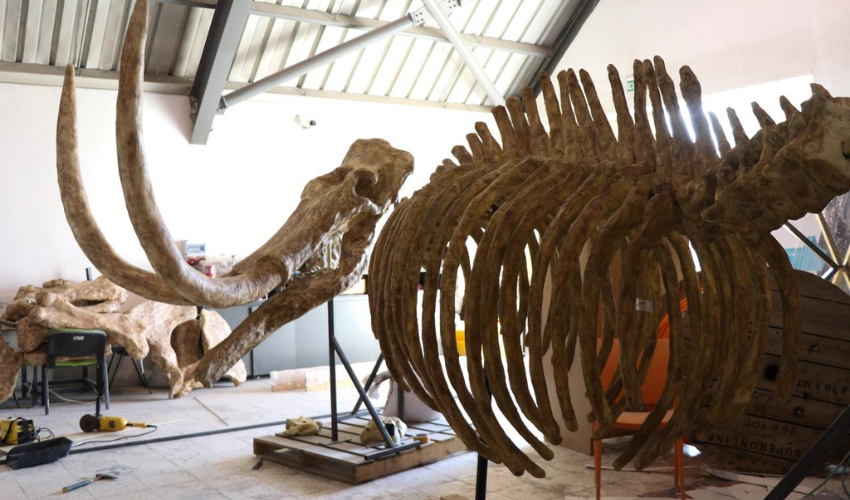
In central Türkiye’s Kayseri province, researchers are turning to 3D printing to help restore fossils that date back 7.7 million
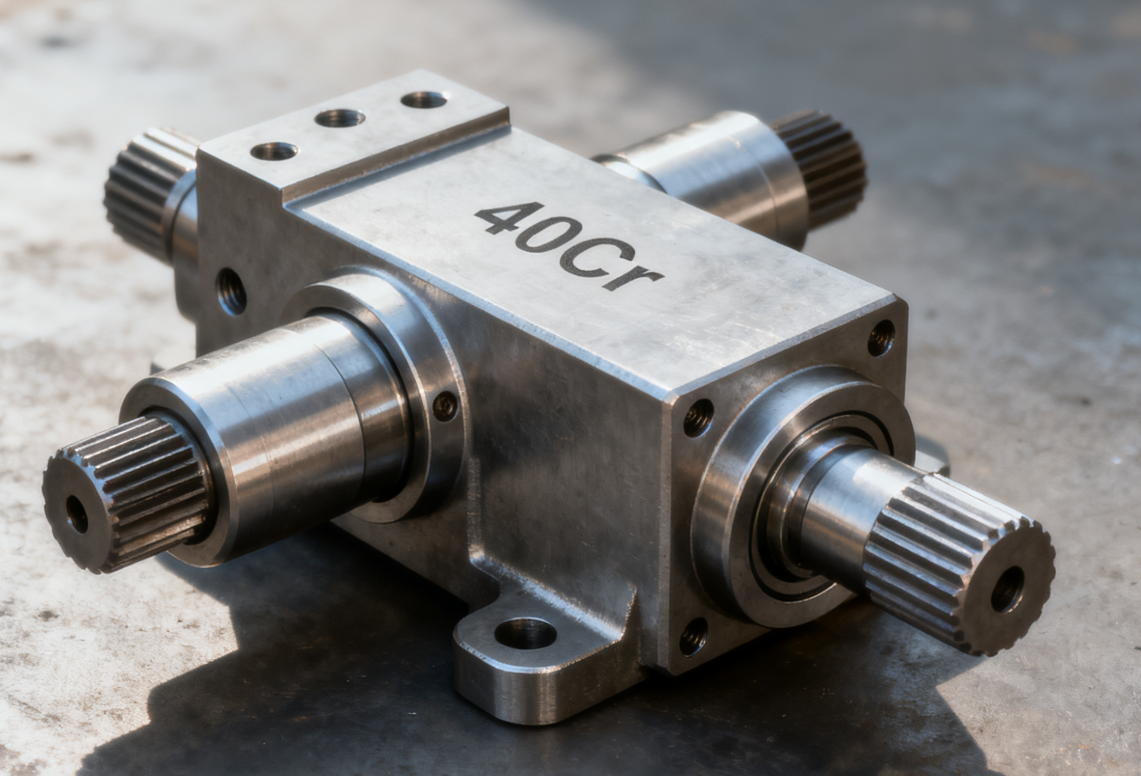
In the modern mechanical processing industry, material selection is the key to ensuring the performance, lifespan and cost control of parts. For engineering parts with medium-high strength, wear resistance, impact resistance and demanding heat treatment properties, 40Cr alloy structural steel is widely adopted due to its comprehensive excellent performance. This article will systematically introduce the chemical composition, physical and mechanical properties, heat treatment process, mechanical processing adaptability, typical applications, material selection comparison, advantages and disadvantages, as well as precautions during processing of 40Cr, to help engineers, purchasing personnel and manufacturers fully understand and correctly select this material.
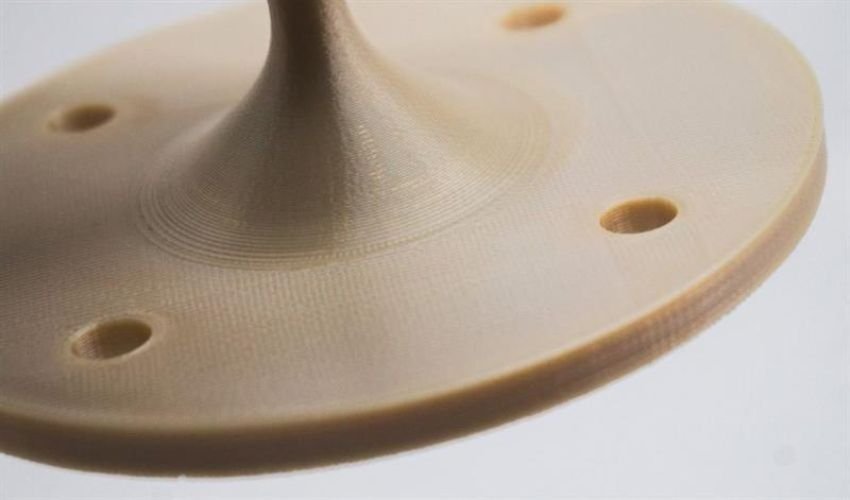
High-performance polymers (HPP) have been used in industry for several decades, particularly in injection molding and machining. However, in recent